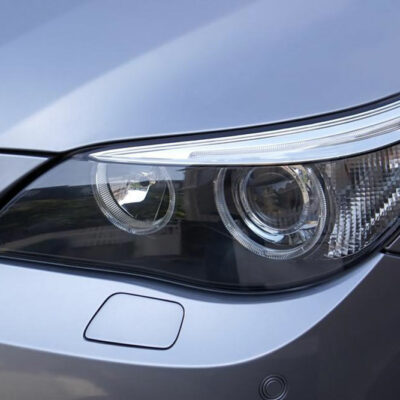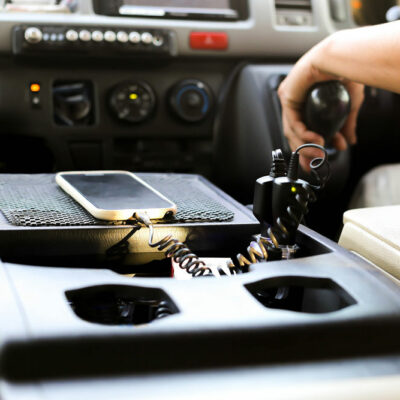
Common methods of teeth whitening
Teeth whitening procedures work wonders to resolve the issues of yellowing of the teeth, and add to good grooming and a confident smile. This procedure is especially ideal for people who have not had any dental restoration work done. The best thing is that you can now whiten your teeth without visiting the dentist. Here are the most common methods:
1. Toothpaste
Every type of toothpaste removes stains from the surface of your teeth as all of them have mild abrasives. However, some types of whitening toothpastes have gentle chemicals and polishing agents. These chemical agents add to the toothpaste’s effectiveness in removing stains. They can remove stains from the surface of the teeth only and are completely bleach-free. Whitening toothpaste can make the color of your teeth lighter by one shade, while teeth whitening through a dentist-prescribed toothpaste can make the shade of your teeth lighter significantly.
2. Whitening rinses
The latest teeth whitening method is a whitening rinse. Similar to mouthwashes, rinses remove the buildup of dental plaque. They also freshen your breath, along with helping to manage gum disease. These products also contain ingredients like hydrogen peroxide, which lead to whiter teeth. Most manufacturers claim that a whitening rinse may show effects in approximately 12 weeks. All you have to do is swish them inside your mouth for a minute, twice a day before brushing.
Some experts state that rinses might not be as effective as the other consumer products for teeth whitening, as they work on your teeth for a short amount of time. To be precise, it is only for one to two minutes that they are in contact with your teeth.
3. Tray-based teeth whiteners
Over-the-counter tray-based teeth whiteners can be purchased directly from a pharmacy. They come in a material that fits around your teeth and lets the whitening agent work on the surface and in between the teeth. Some of these are also pre-filled with the peroxide-based bleaching agent. You have to place the tray in your mouth and leave it for some time, usually a few hours a day or overnight, and you should not eat or drink anything during this time. How long this process has to be followed depends on the level of yellowing your teeth has and the results you want.
4. In-office whitening
In-office teeth whitening is the quickest method of treating teeth yellowing. With in-office bleaching, you have to apply the whitening product on your teeth. The products used in in-office whitening can be combined with a special light, lasers, or heat for use. Traditional whitening processes offer results with a 30 or 60-minute session, but you have to undergo multiple sessions for dramatic results. On the other hand, in-office whitening can give your teeth a visible glow right after your first session. However, the flip side is that this method is highly expensive.


